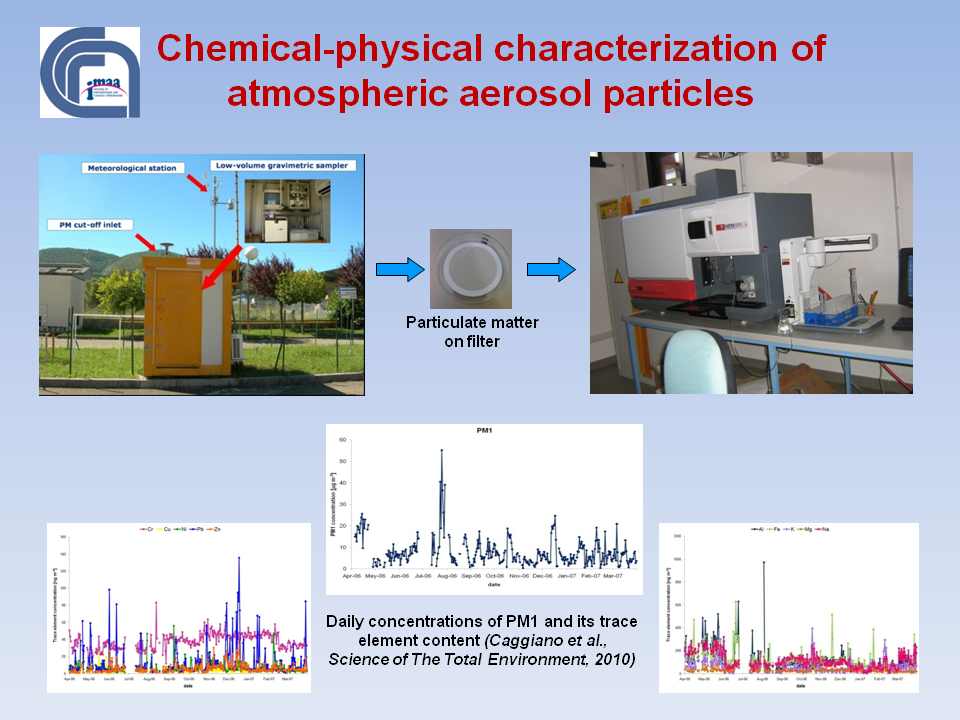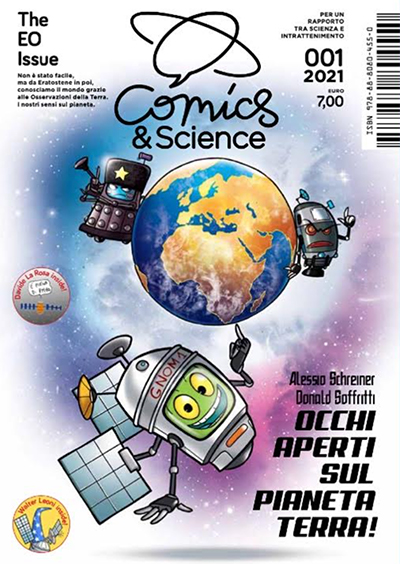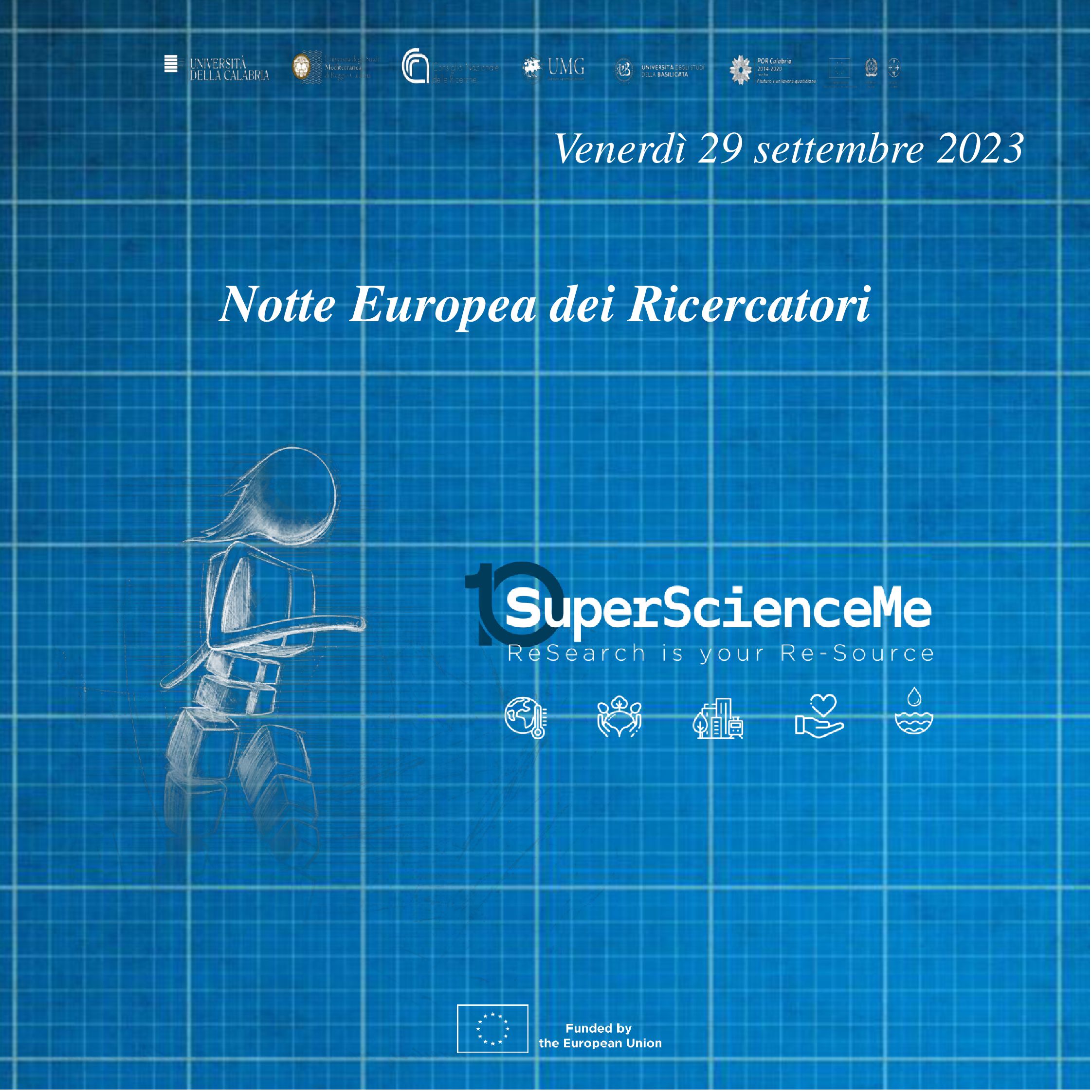The Environmental Integrated Monitoring Laboratory (EnvIM Lab) is involved in environmental monitoring, with particular attention to air and soil matrices, by the integrated use of innovative chemical-physical and biological techniques.
At present, the research activities are focusing on the following main topics:
1) Air quality, environment and human health
- Chemical-physical characterization of particulate matter
This research unit has long experience in the field of particulate matter (PM) monitoring. In fact, since 1997 it has been involved in a large number of campaigns for measuring the concentrations of PM (PTS, PM10, PM2.5 and PM1, particles with aerodynamic diameters less than 15 µm, 10 µm, 2,5 µm and 1,0 µm, respectively), and its chemical composition (e.g., Al, Ca, Cd, Cr, Cu, Fe, Mg, Mn, Na, K, Pb, and Zn). These measurements have been performed by using integrated chemical-physical techniques in order to evaluate the PM impact on environment and human health.
- Development of experimental biomonitoring protocols
This research unit has been involved in the development and use of innovative methods of biomonitoring, integrating them with the conventional techniques used in air quality monitoring networks.
- Particulate matter source identification
A relevant experience has also been gained by this research unit in the application of advanced statistical methodologies (e.g., Principal Components Analysis, Cluster Analysis) and integration of in situ measurements with remote sensing observations (e.g., LIDAR, MODIS and TOMS) and model forecasts (e.g., DREAM, NOAA - HYSPLIT back-trajectories) for evaluating the contribution of local sources and long-range transport to PM concentrations and chemical composition.
2) Contaminated soil monitoring and land degradation studies
The research unit is involved in the implementation and validation of new technologies and procedures for measuring and monitoring soil pollution by using integrating chemical and geophysical techniques. In this framework, great attention has been paid to procedures aimed at integrating magnetic susceptibility measurements of soils with chemical measurements such as bio-available and total heavy metal content in soils, soil conductibility and pH. The final goal of this research activity is the development of protocols for soil monitoring and land degradation assessment.
Experimental equipment:
- Low volume gravimetric sampler equipped with interchangeable PM10, PM2.5 and PM1 cut-off inlets;
- Atomic Absorption Spectrophotometer (Flame - AAS and Grafite Furnace - AAS);
- Inductively Coupled Plasma -Optical Emission Spectrometers (ICP-OES);
- Hg automatic analyzer;
- Flame Ionization Detector (FID) for detection of VOCs;
- Microwave station for sample preparation;
- Magnetic Susceptibility meter with laboratory sensors and in situ measurement sensors.














